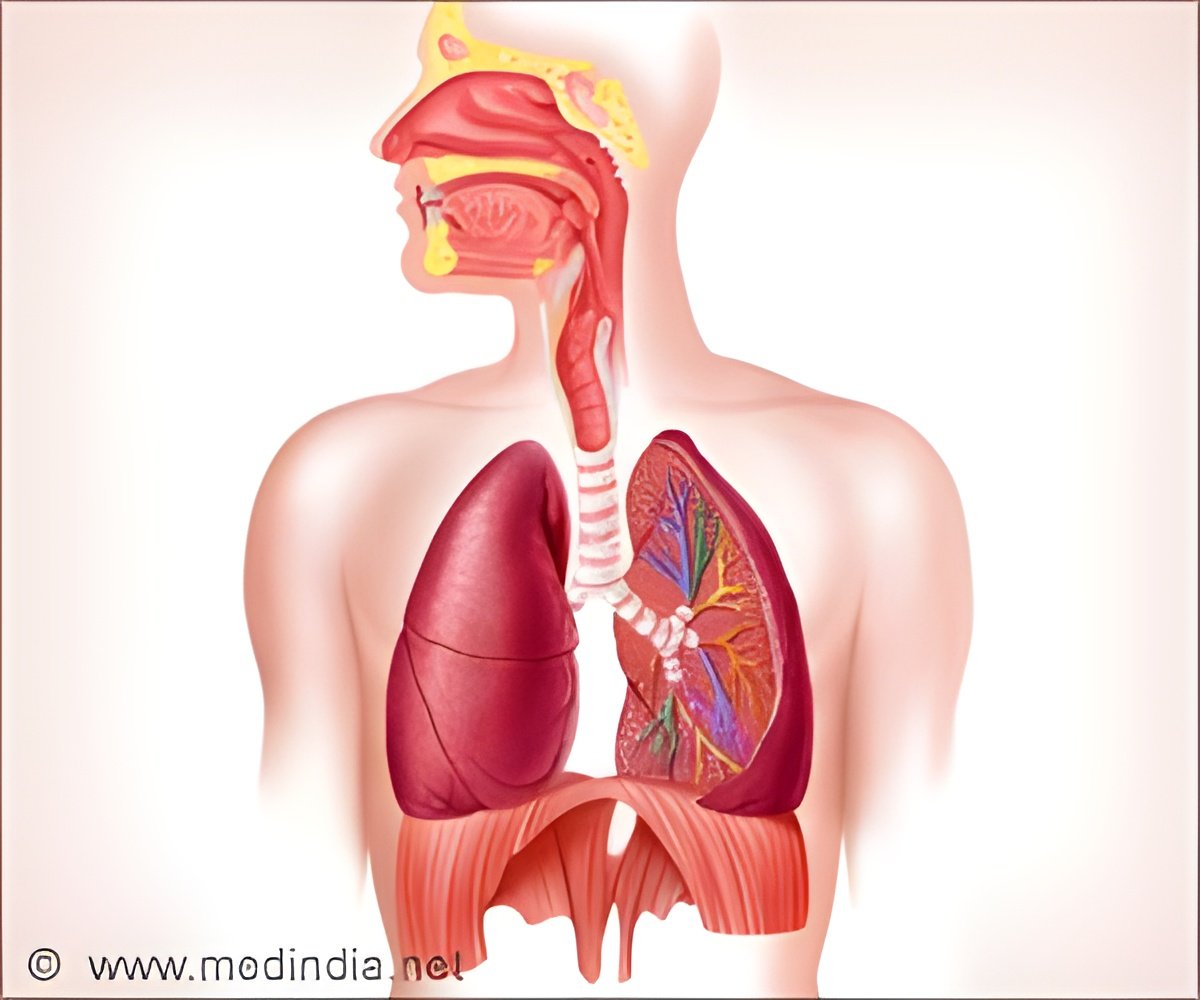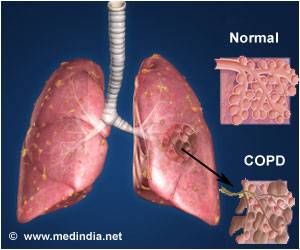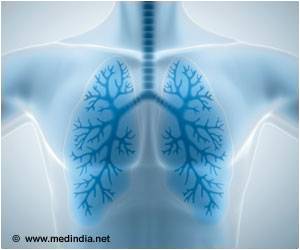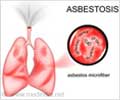The control of breathing is essential for life. Star-shaped cells called astrocytes are much more than simple support cells in the brain.

TOP INSIGHT
Astrocytes play an essential part in the regulation of breathing by affecting the neurons and their network activity.
While it is known that respiration is regulated by the brainstem, just how this occurs remains very much a mystery. It is known that there are control mechanisms that cause the body to react to changing blood concentrations in CO2, thereby preventing death.
Eric Herlenius's research group at Karolinska Institute has previously shown that the molecule prostaglandin E2 (PGE2), which is normally released during inflammation and fever, is triggered in the brainstem at high levels of CO2, influencing the pattern and characteristics of respiration.
The group has now shown that so-called non-neuronal astrocytes in the respiratory centre of the brainstem secrete this molecule.
"Astrocytes were once viewed just as a kind of glue that holds everything in place in the brain. Then they were considered as mere housekeepers providing structural and metabolic support for neurons.
"Our study shows that the astrocytes play an important part in the regulation of breathing by affecting the neurons and their network activity."
For several weeks neurons and astrocytes continue to be interconnected, and can transmit signals and generate rhythmic motor neuron activity as if they were "breathing".
The mice astrocytes were labelled with a fluorescent molecule, and contained a receptor that the researchers could stimulate in order to activate them.
While most of the astrocytes seemed not to participate in rhythm generation, some of them formed their own functional network in the respiratory centre, displaying rhythmic activity similar to the neurons. These astrocytes integrated with the neurons, influencing their activity and consequently respiration.
"We knew that the astrocytes have the capacity of signalling just before inspiration but not that there's this kind of connection from the astrocytes to the neurons," says the study's lead author David Forsberg, doctoral student at the same department.
"Our hypothesis is that the astrocytes adjust the respiratory process with the help of the inflammatory molecule PGE2, and in doing so links breathing with the inflammatory system."
Interestingly, the role of astrocytes seemed to differ between the two brainstem respiratory centres that were studied. In one, astrocyte activation caused an increase in neuronal activity, whilst in the other, neuronal activity remained unaffected.
This suggests the presence of different types of astrocytes, and a diverse distribution of them in the brainstem.
Activation of the astrocytes also caused raised levels of PGE2 and weakened the respiratory centre's reaction to high CO2 concentrations, suggesting that the astrocytes become fatigued. Since PGE2 is released during inflammation and fever, the researchers suggest that these conditions disrupt normal physiological reactions to CO2, which can lead to potentially life-threatening breathing problems.
"We now want to find out if astrocyte fatigue can explain phenomena like SUPC, when newborn babies suddenly develop respiratory problems," says Dr Forsberg.
"Birth triggers a powerful stress reaction in the baby, which gives rise to high PGE2 levels. This has beneficial effects on newborns but we think this can be dangerous in combination with high levels of CO2."
Source-Eurekalert
 MEDINDIA
MEDINDIA




 Email
Email





